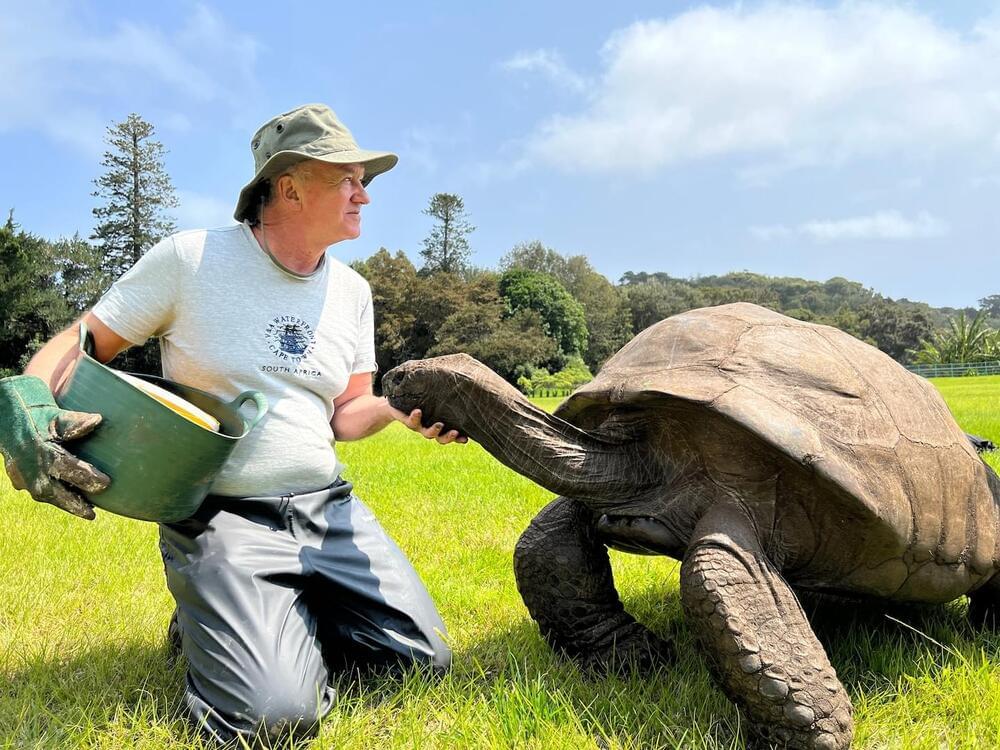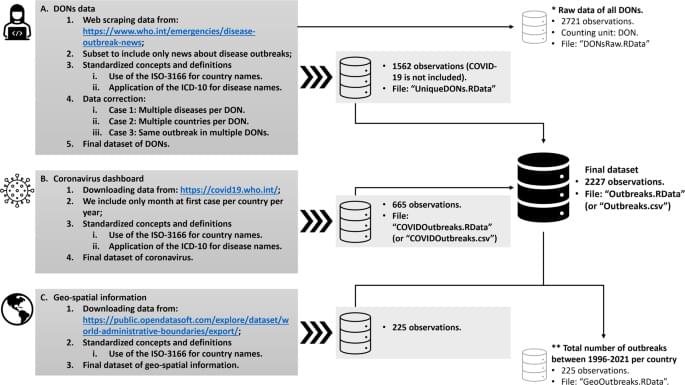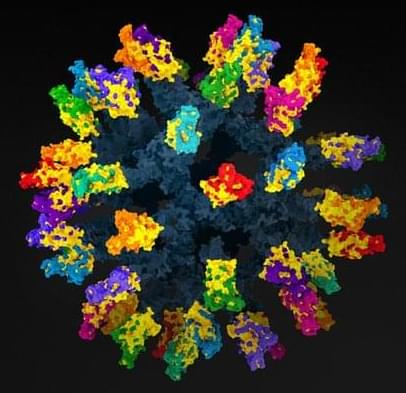Hollins is a veterinarian who has cared for the elderly tortoise and three other land tortoises on St. Helena Island since 2009.
Last year, St. Helena’s governor, Nigel Phillips, gave Jonathan an unofficial hatch date of Dec. 4, 1832, but Hollins still celebrates on New Year’s Day.
“It’s not his birthday, but celebrating his year of age, whatever that may be,” Hollins said.





